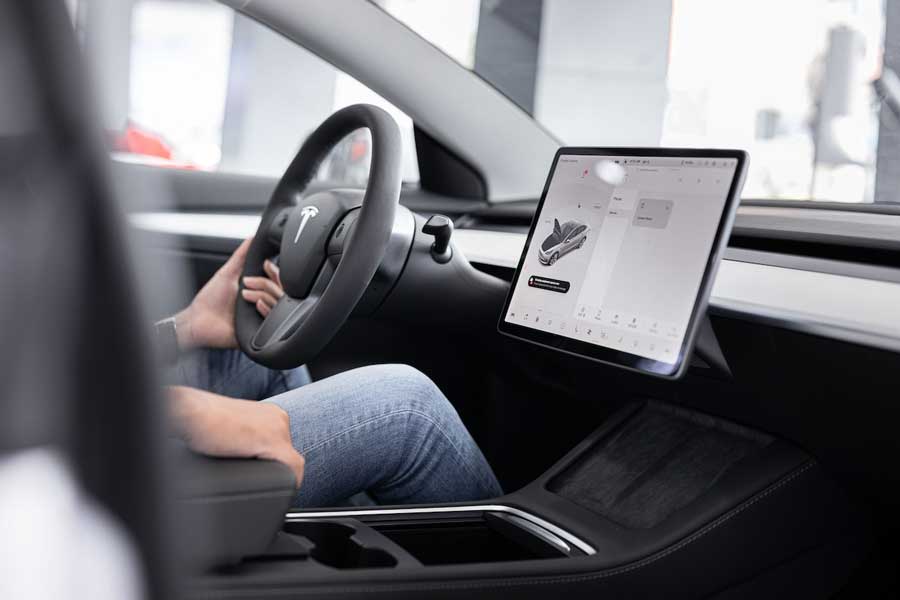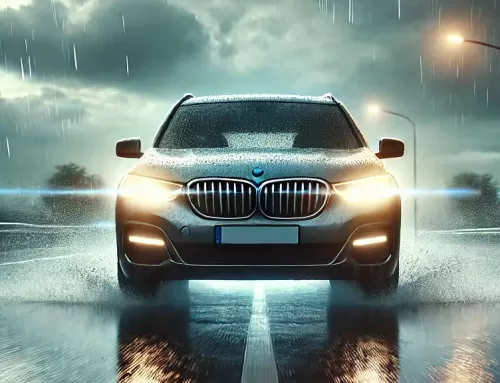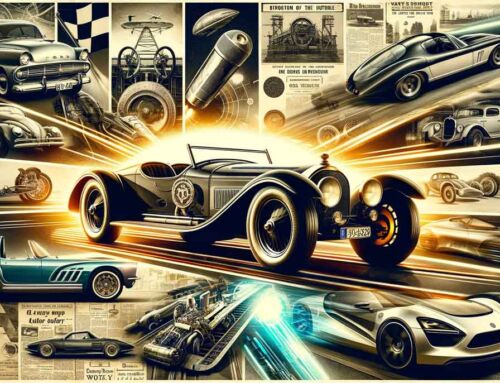According to an article published in the New York Times citing data from research and consulting firm Cox Automotive, battery-powered cars make up the fastest-growing segment of the auto market, with sales up 70 percent in the first nine months of 2022 as compared to the same period in 2021.
As these vehicles become more and more mainstream, it’s important to learn about maintenance differences between electric and conventional vehicles.
Conventional Maintenance
When you think of maintenance of a conventional fuel-run car, things like oil changes, replacing spark plugs, checking transmission fluid, and replacing air filters are some of the most common things that come to mind.
However, with an electric car (EV), conventional maintenance no longer applies. There are no spark plugs or oil changes.
Some of the same maintenance still applies.
Tires, for instance, will still require rotation or replacement. Brakes still need maintenance but due to a completely different engine configuration, last longer than fuel-run auto brakes.
Electric Vehicle Maintenance Exclusives
Because the engines are built so differently from their internal combustion engine counterparts, there are some maintenance items exclusive to EVs.
For one, an EV needs coolant flushes or refrigerant recharges performed in accordance with the owner’s manual guidelines or approximately every five years.
The biggest difference is maintenance of the EV battery.
If an EV requires a battery pack replacement, it’s very expensive and requires the skills of a mechanic trained in EV maintenance.
However, EV batteries are designed to last for a long time, in addition to the potential of extended warranties that cover replacement of the battery pack.
Extending the Life of an EV Battery
With or without the extended battery warranty, it’s still in your best interest to take good care of the battery so it lasts as long as possible.
Here are some tips for providing the care an EV battery needs.
- Steer clear of chargers that guarantee to give your battery a “fast charge.” Slow charging is preferred and easier on the battery.
- Don’t fully charge and then fully deplete the battery, which wears it out more quickly.
Collision Recovery
According to a report by CCC Trends, it found that due to the weight of the batteries to power the vehicle, an EV is more likely to prevent injury in a collision over fuel-run vehicles. This poses a concern as to how severe injuries will be for those in a lighter fuel-powered auto when involved in a collision with the heavier EV.
The challenge for automakers is to secure parts suppliers and how to handle service warranties. Currently, EV parts cost twice as much as fuel-run vehicles.
Next up are the EV service challenges. Since EVs are built with complex electrical systems, there are expensive training costs. These costs include bringing service technicians up to speed in terms of identifying problems and the labor involved to fix them.
Training costs also need to cover learning advanced scanning and calibration techniques, in addition to other repair technology.
Conclusion
When you are in a auto accident and need to get back on the road fast, call Downtown Autobody in Rohnert Park for an estimate today.





